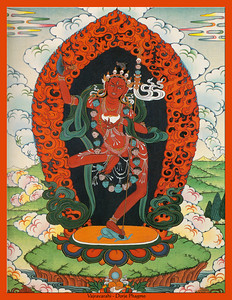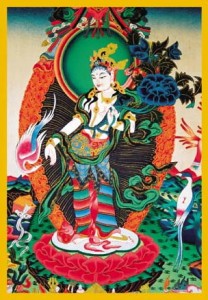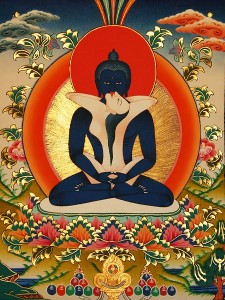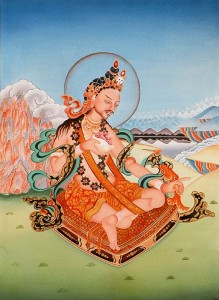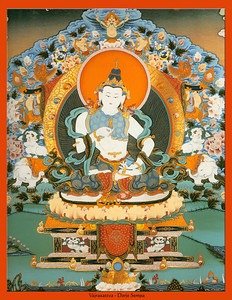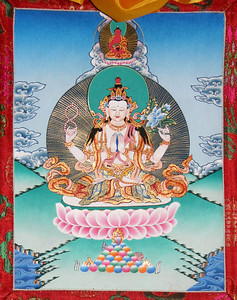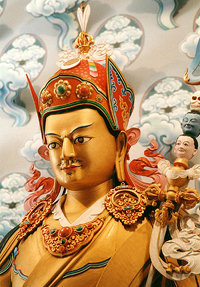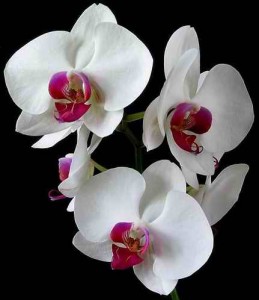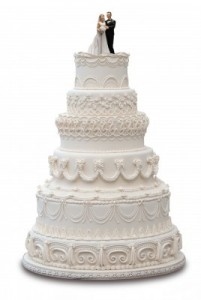An excerpt from a teaching by Jetsunma Ahkon Lhamo called “Vajrayana and Kaliyuga”
It used to be that one could learn something of the Buddha’s teaching – for instance, a beginning philosophy, such as the Four Noble Truths and the Eightfold Path, and some of the Buddha’s basic teachings – but one could not receive teachings on the meaning of Vajrayana, and certainly one would not come across teachings on the nature of mind. This is a very recent occurrence. They are still thought of as secret, even though now, because this is the time of Kaliyuga, the time of great degeneration, these teachings are in fact widespread.
There is a tremendous blessing in their being widespread. If they were not widespread, we, who are born in America, would have no access to them. So we are truly blessed by having them. But there is also a tremendous difficulty with their being widespread, and that is that there are many practitioners that I have seen who have heard rich and profound teachings and have not utilized them whatsoever. It is like seeds tossed into a field: Sometimes they fall on rocks, and sometimes they fall on fertile ground. Different students have different capacities, and the teachings are often not measured out according to what capacity each student has. Then, of course, there are those students who come into a teaching situation and have no idea what that situation is and innocently are not aware of the gift that they’ve been given or how to use it or how to keep samaya.
So, there are obstacles and there are drawbacks. The teaching itself becomes diluted to some degree if it is given out and it is not utilized. When I say diluted, I don’t mean that the teachings change, I don’t mean that the tantra that we’re being taught from the books, when the lamas come, is somehow different from what was taught before. It isn’t different at all. It’s still the same exact teaching; but the quality of empowerment, the quality of impact, the quality of our deepening, is changed in this time. Again, that has a good side and a bad side. Since the teaching is passed out in this more casual way, it has attached to it the karma of practitioners who sincerely practice in order to attain enlightenment, and it also has the karma attached to it of students who do not utilize the teaching. In this way there is negativity there.
On the other hand, there would be no other way for sentient beings to hear the teachings. Furthermore, this is the time of Kaliyuga. And while Kaliyuga works against us, it also works for us, particularly when it comes to Vajrayana, in that of all the teachings that the Buddha has ever taught, of all the spiritual teachings that are available of any kind, Vajrayana teachings are the most perfectly suited for this time of Kaliyuga. This time of Kaliyuga is extremely contracted. Karma is thick. It isn’t spread out and dispersed over a great, long field. Rather, it is drawn in. It is a time of contraction, and karma ripens much more quickly than it used to ripen. This is not because you’re in Vajrayana but because this is the time for that. Experience is much more condensed; phenomena are much more condensed;time is much morecondensed. You can look at your life; you can walk outside and see that this is not the same world from just a hundred years ago. It was much broader and spread apart. This is a result of the condensed quality of Kaliyuga, which will continue, and experience will become more compacted and more condensed, not less.
Under these conditions, Vajrayana can actually do the most good in two ways, which is an amazing thought. One way is that we can see cause and effect relationships more readily. We are suffering and we are suffering just enough to help us be convinced that suffering is a reality, therefore we are willing to practice. We realize the benefit of practice because we truly do wish to attain enlightenment. In a better time, in a smoother time, in a time when there are rolling green hills around us and not much to do except to get old, when things are just more spread out and life is perhaps longer and more relaxed, under these conditions it’s hard for us to imagine why we should get up the gumption to practice. We just think we should sort of go with the flow.
So, in this regard, Kaliyuga is very compatible with Vajrayana.
Copyright © Jetsunma Ahkon Lhamo. All rights reserved

